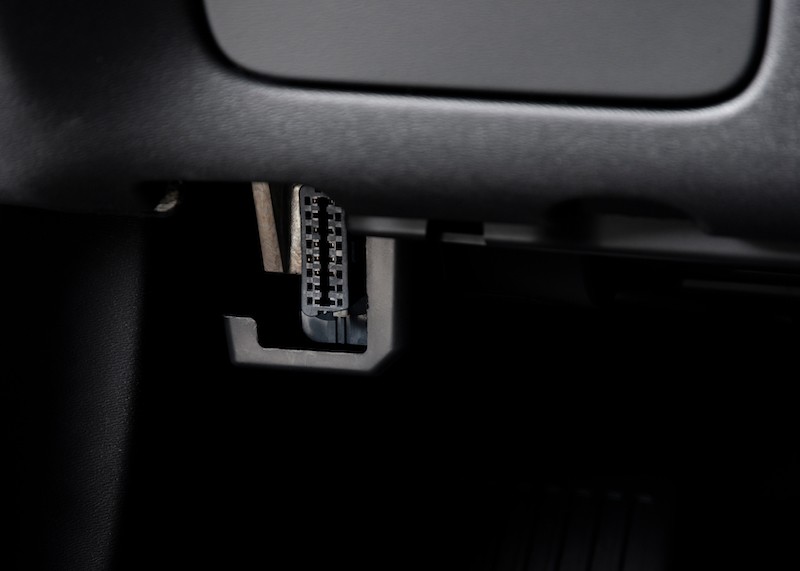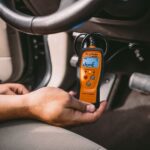Finding the right gadget for your car’s OBD2 port can unlock a world of information and potential savings. But with so many options available, how do you choose the best one? This guide will walk you through everything you need to know about OBD2 ports and the devices that connect to them, helping you find the perfect gadget for your needs.
What is an OBD2 Port?
An On-Board Diagnostics II (OBD2) port is a standardized connector found in most vehicles manufactured after 1996. It allows access to data from the vehicle’s computer, providing insights into performance, emissions, and potential problems. This data can be incredibly valuable for understanding your car’s health and identifying issues before they become major expenses.
The OBD2 port is a small, rectangular connector with 16 pins. It’s typically located under the driver’s side dashboard, within two feet of the steering wheel. While generally consistent, the port’s exact location can vary depending on the car’s make and model. It might be hidden behind a plastic cover marked “Diagnostic” or “OBD-II.”
Locating Your OBD2 Port
While most OBD2 ports are located under the driver’s side dashboard, here are some common locations:
- Under the dashboard, near the steering column: This is the most common location, often near the brake pedal or fuse box.
- Around the center console: Some manufacturers place the port inside the center console, under a plastic cover or near the radio.
-
Under the passenger side dashboard: Less common, but found in some models, particularly Hondas and Nissans.
-
Behind the driver or passenger seats: In some vehicles, the port might be hidden in the rear console area.
What Can You Plug Into an OBD2 Port?
A variety of gadgets can be plugged into an OBD2 port, each offering different functionalities:
-
Mileage Trackers: These devices record your driving mileage, useful for pay-per-mile insurance or business expense tracking. For example, Lemonade Car uses an OBD2 device to track mileage for accurate policy pricing.
-
Diagnostic Scanners: These tools read and interpret error codes from your car’s computer, helping you diagnose problems and potentially saving you money on mechanic visits.
-
Performance Monitors: These gadgets display real-time data like speed, RPM, engine temperature, and fuel consumption, allowing you to monitor your car’s performance.
-
GPS Trackers: These devices provide real-time location tracking, useful for fleet management or anti-theft purposes.
Choosing the Best OBD2 Gadget
The best gadget for you depends on your individual needs and budget. Consider what information you want to access and what features are important to you. Do you need simple mileage tracking, in-depth diagnostics, or real-time performance monitoring? Research different brands and models to find a device that fits your requirements.
What if My Car Doesn’t Have a Standard OBD2 Port?
Some older vehicles or certain models like some BMWs and Teslas might not have a standard OBD2 port. In this case, an adapter cable can be used to connect a device to the car’s 12V power port (cigarette lighter).
Conclusion
The OBD2 port is a powerful tool for accessing valuable information about your car. By choosing the best gadget to plug into your OBD2 port, you can gain insights into your vehicle’s health, performance, and driving habits. Whether you need a simple mileage tracker or a comprehensive diagnostic scanner, there’s an OBD2 gadget out there to meet your needs.



